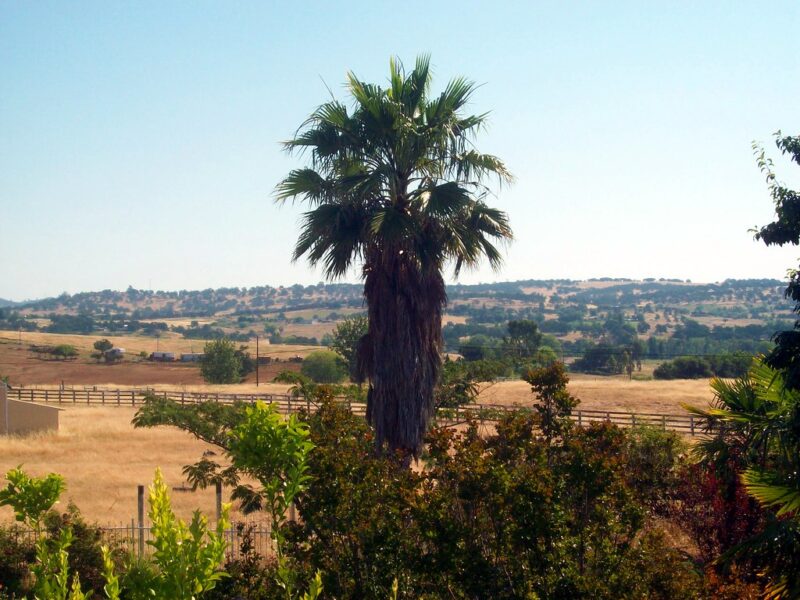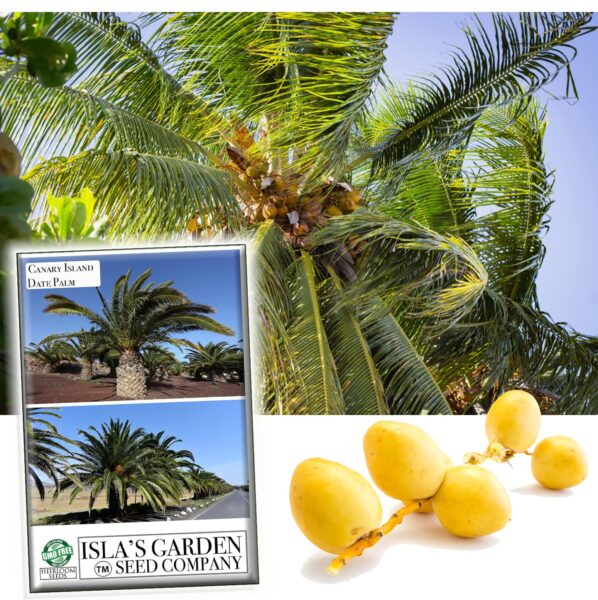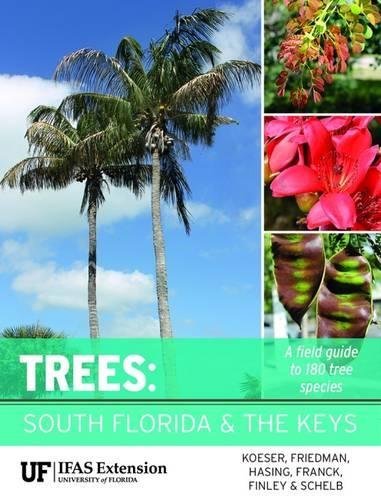If you've ever admired the tropical vibe of palm trees swaying in the breeze, you might have wondered: are all palm trees coconut trees? The answer is no—but all coconut trees are palm trees. With over 2,600 palm species in the world, coconut trees (Cocos nucifera) are just one type, but their iconic image often leads to confusion. Let’s break down the key differences while focusing on their leaf structure, uses, and how they fit into various environments.

Palm trees have two main leaf shapes: fan-shaped (palmate) and feather-shaped (pinnate). Coconut trees, on the other hand, exclusively feature pinnate leaves.
This variability makes palm trees incredibly versatile in landscape design, from compact varieties suitable for patios to towering species that dominate rainforests.

Coconut trees stand out not just for their tropical associations but also due to their growth patterns.
| Tree Type | Typical Height | Leaf Style |
|---|---|---|
| Coconut Tree | 30-100 feet (dwarf: 16-30 feet) | Feather-shaped (pinnate) |
| Date Palm | 50-75 feet | Feather-shaped (pinnate) |
| Fan Palm | 10-80 feet | Fan-shaped (palmate) |

Both tree types thrive in warm temperatures, but their specific habitat preferences differ.

Apart from offering shade, palm and coconut tree leaves serve practical purposes in many cultures.

Whether you’re considering adding these trees to your garden or simply curious about their differences, understanding their leaf shapes, size, and requirements can help you decide the best fit for your landscape or design vision. Coconut palms bring rustic, tropical charm along with their fruit, while other palms offer more diversity in height, texture, and regional adaptability.
What curious facts or uses about palm or coconut trees have surprised you? Share your thoughts in the comments below—we’d love to hear about your favorite tropical trees!

Betrocks-Essential-Guide-Palms-Leaser/dp/0962976199

Seeds-Canariensis-Germination-Islas-Garden/dp/B074M3ML2R

Trees-South-Florida-Andrew-Koeser/dp/1683400151
As you embark on your own tropical adventures or simply daydream about them from afar, we hope this glimpse into the leafy world of palm and coconut trees has added a sprinkle of sunshine to your day. If you're as captivated by these natural wonders as we are, why not join us on Pinterest for more lush inspiration? We're also sharing the beauty of architectural and natural marvels on Instagram, where you can immerse yourself in a world of stunning visuals. For the latest updates and tidbits, follow our stories on X (formerly Twitter) or connect with our vibrant community on Facebook. We love sharing our passion and would be thrilled to have you along for the journey—see you there!
Coconut trees are notable for their impressive height, often exceeding 100 feet, and their large trunks. They thrive in hot, humid tropical conditions. In contrast, palm trees vary greatly in size and shape and can adapt to numerous environments, from arid deserts to lush rainforests.
Coconut palms are not native to Florida. According to the University of Florida's Assessment of Non-Native Plants, coconut palms are projected to become invasive in South Florida. However, they are not currently classified as invasive on official lists.
Palm trees are typically much larger than palmetto trees. For example, certain species like the Royal Palm can reach heights of 80 to 100 feet. In contrast, palmettos rarely exceed 30 to 60 feet, with the Sabal Palmetto being one of the tallest species.
Coconut palms struggle to thrive in California's climate due to the cool soil temperatures and increased rainfall during the winter months, both of which severely restrict their growth.
